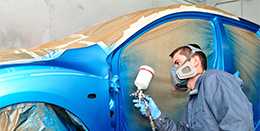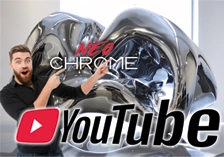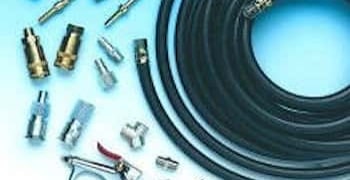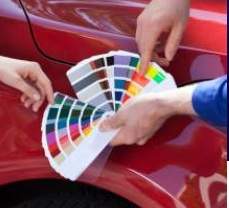 What are the uses of polyepoxides ?
What are the uses of polyepoxides ?
Let's continue our dossier on the characteristics of epoxy resin by discussing the different fields of application of epoxy resin.
We will see that this product can be used both in decoration, food, navigation and transport, electricity and electronics, as well as sports and leisure.
Uses of epoxy resin
Polyepoxide is often chosen over other glues and paints because they have two advantages when dry :
- First, the natural abilities of epoxies to adhere and cling to all types of materials are exceptional.
- Second, it becomes impervious to substances in its environment and the epoxy resin cures while retaining its shape.
Decoration
Epoxy resin is very popular with budding decorators. It gives both the possibility of setting up an original floor covering, which looks like two drops of water to a marble floor, for example, but also of developing what is called a river table, otherwise says a wooden table traversed by a sparkling river composed of transparent epoxy resin and pigments.
Food
When the epoxy resin is mixed with a hardener, a polymerization takes place transforming the resin into a totally hermetic barrier. This is how epoxy resin is used to protect food and beverages against oxygen which leads to their degradation, in cans, in wine and beer tanks, as well as other means of food storage.
Navigation and transport
Contrary to all expectations, epoxy resin is found in the manufacturing materials of boat hulls, planes, rockets, satellites, but also car bodies and other auto parts.
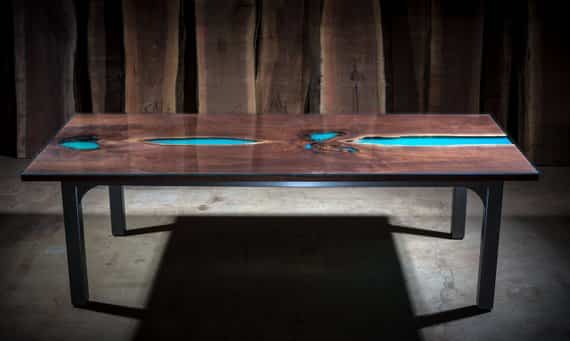 Epoxy resin for electricity and electronics
Epoxy resin for electricity and electronics
Mixed with fiberglass, epoxy resin is very often used in the construction of printed circuits. This material is also used to encapsulate and dress electronic components, in particular chips and memory modules present in a computer.
Sports and leisure
Epoxy resin is used in the composition of skis, windsurfing boards, gliders, golf clubs, fishing rods and lures, snowshoes, the customization of certain musical instruments and the creation of jewelry.
Is epoxy resin toxic ?
The chemical composition of epoxy resin







